The year is 1940. World War II has been raging for a year, without the official involvement of the United States. This small fact, however, did not deter thousands of men and women from enlisting into the various branches of the Armed Forces. In fact, Nez Perce County of Idaho had approximately 2,415 enlisted service members. Of this total, 97 serving members belonged to the local tribal community. One such person was twenty-five-year-old Private Aaron Roy Gould of the Nimi’ipuu (Nez Perce) People.
Gould and his family lived in Lapwai, ID, a small town just bordering the Nez Perce Reservation and Nez Perce County. His father, Owen J. Gould, traveled often for work as a foreman (as seen in the varying letters addressed to his father). Gould’s group of friends included his cousins Frank and Alvin, and a fellow enlistee by the name of Alex “Chewak” Taylor. Small town life for these young men proved too lackluster, especially when there were news reporting’s of the dangers happening across the Atlantic. In 1940, with his band of hometown brothers, Gould enlisted into the United States Army.
Early Letters
The transition from civilian life to one dedicated to the military can be observed from some of the letters Gould wrote to his father. In his early correspondences while state-side, the tone is lighthearted. Topics ranged from the success of the Lapwai baseball team to wanting a copy of the All-American Football Annual sent through the mail. Much of the conservation encompassed how things were going back home. He mentioned family and friends and was always interested in what everyone was up to. He commented often of what town must be like with everyone having left to join the fight in one way or another.
In the collection of letters, Gould does mention a few aspects of beginning life in the military. He wrote about the long hours of standing guard, lasting all day and all night, and of course the uniforms. In one reply to his father, he even hints at Fort Richardson (Alaska) going on high alert, though he never confirmed what the threat or possible threat had been. Gould simply said, “just a scare of some kind,” (A. Gould, personal communication, July 9, 1941).
One of the most compelling conversations readers of these personal letters are privy to is why Gould chose to enlist. The question seems to have come from his father in a previous letter when he asked his son why he wanted to join the Army. This is a question both personal and private, and yet Gould was open in his response. In honesty he explained the first reason was to beat the draft. In 1940, the federal government instituted military conscription which required able-bodied men within a certain age bracket to serve. Before Gould was placed in this category, he joined before it went into effect. In doing this, he had the ability to join whichever branch would have him. Others during the draft were not given that privilege.
The second reason Gould claimed was due to the unsociable environment of his hometown Lapwai, ID. The early forties in small towns across the United States were slow moving and during this time, Lapwai’s population had risen to just over four hundred and twenty. This led into a third point which motivated Gould: job scarcity. There was, he admitted, some influence to enlist which came from his friends as well. Most had decided to join, and where one went, others tended to follow. All four of these reasons were some of the exact same motivators for thousands across the country.
However, one major explanation for Gould’s decision was revealed when he connected back to his father: “real reason was that you were in the Army in or during the last war,” (A. Gould, personal communication, December 1, 1941). To know Gould wished to follow in his father’s footsteps speaks volumes of what their personal relationship must have been like.
Another topic worth noting occurs just before Gould and his division become active. Once they hear about transferring to New York to start the journey, more comments about his wish to participate in the war surface. In one letter he wondered where they’ll land when they get to Europe. In another he showed his frustration by revealing feeling cheated by not being in the midst of battle yet. Insurance is also brought up, which causes a difference of opinion between Gould and his father. His father seemingly didn’t want the burden of the insurance to be on his son. In the end, the disagreement seemed to have dissipated after Gould explained warmly, “there is nothing in the world that I want to do more, is help you in case I shouldn’t come back. After all I owe you more than I’ll ever be able to pay,” (A. Gould, personal communication, August 5, 1944).
Later Letters
In August 1944, Gould and the rest of his fellow service members finally make their way into the European Theater. Gould was originally in Company M, 4th Infantry Division of the U.S. Army from his joining in 1940 to 1944. It was during his time at Fort Carson in Colorado that he and other members of the 4th Division were absorbed into the 414th Anti-Tank Company, an attachment of the 104th Infantry Division - known as the Timberwolves. This specialized unit earned their fame in the Armed Forces by their well-defined training of hand-to-hand combat and a particular specialization: night fighting. “With the embarkation hour set, Timberwolves rolled their 12 long tons of equipment into horseshoe rolls, packs, duffle bags and pockets, then marched to trains taking them to ferries and finally aboard ship. By Aug. 27, the division was underway” (Timberwolves: The Story of the 104th Infantry Division, Stars & Stripes, 1944-1945).
Gould was all at once seeing the action he felt he had been missing out on. His letters at this point simply say his location as somewhere in France, somewhere in Holland, or somewhere in Germany. Not only has the environment around him changed, but the letters show a change in himself. The writing is still gentle in tone, but the subject matter has switched. In a few years, Gould went from writing to his father about baseball and intentions to marry Audrey (his then wife), to writing about hitting foxholes and gunfire.
An example of this is in the letter dated November 1, 1944. Gould explained hearing machine guns and artillery getting closer to their encampment. In one dated a day later, he said he expected to see Germany soon and he reflected on all the country he had seen in the past four years. There is also the discussion of how the simple things make it all worthwhile. Basic luxuries like taking a shower aren’t thought to be the highlight of a person’s month. Yet, when Gould at last has an opportunity for a shower, after a long and cold month without one, it is the greatest he’s felt in a while. Right there the reader can see the shift in mindset, and it truly seems like a personal moment.
December 9, 1944
One of the last great feats that Gould likely participated in before his death on December 9, 1944, was six days prior when the 414th attachment to the 104th Division had a mission to cross the Inde River from Belgium further into Germany (Timberwolves: The Story of the 104th Infantry Division, Stars & Stripes, 1944-1945). The mission was a success. Though the next few days saw heavy retaliation from the German soldiers in the nearby towns.
Gould’s personal accounts of those last few days and moments are unknown. What is known, is that he was a dedicated father and husband, a loving son, and a solider with a brave heart. He was buried with full military honors in Ahsahka, Idaho.
This special and insightful collection can be accessed by contacting the University of Idaho Library Special Collections and Archives Department.
Sources
Aaron R. Gould papers, MG 332, Special Collections and Archives, University of Idaho Library, Moscow, Idaho.
Timeberwolves: The Story of the 104th Infantry Division. (1944-1945). Stars & Stripes.
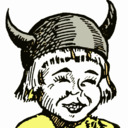

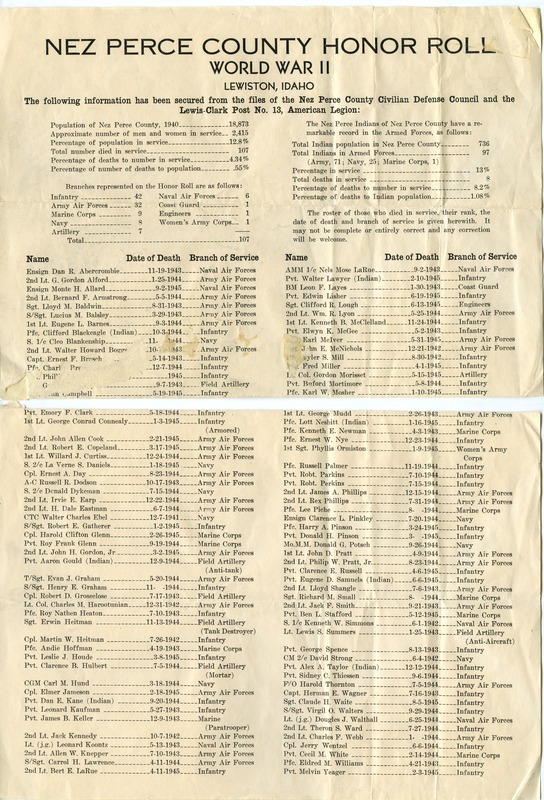
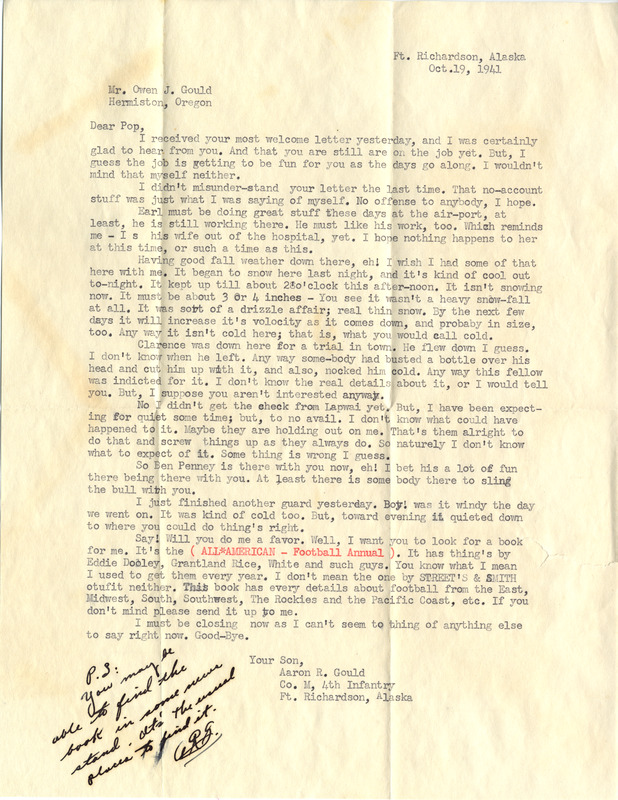

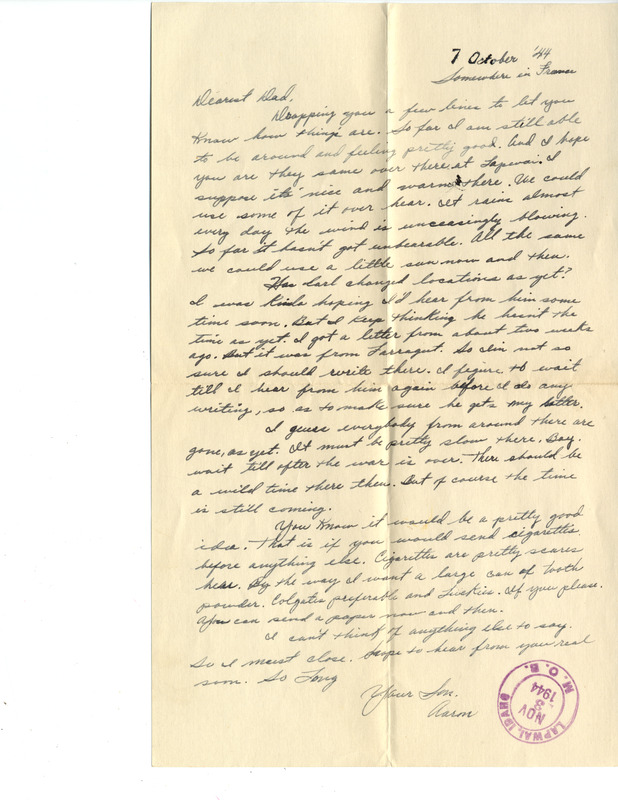
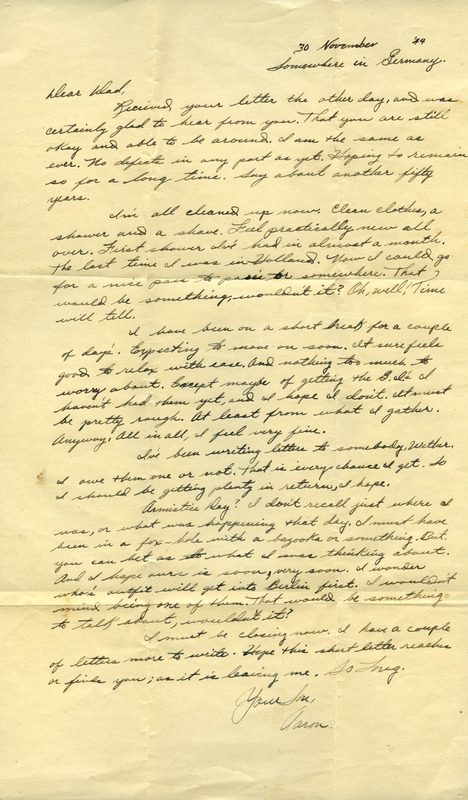
![Envelope [1]](https://objects.lib.uidaho.edu/harvester/small/mg332_047_1_sm.jpg)